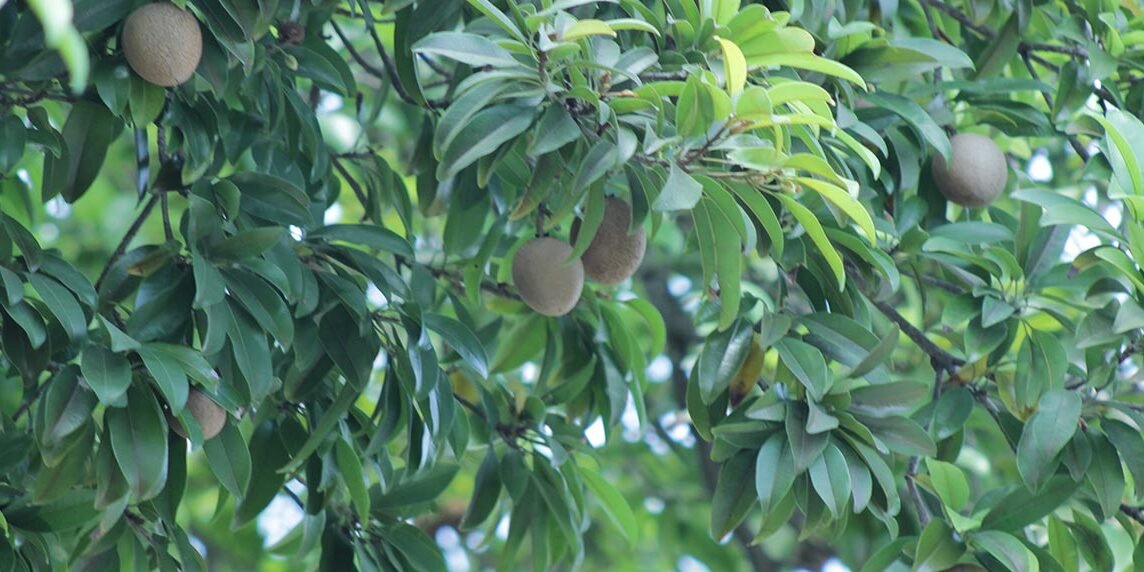Jamaica’s Endemic Trees: A Botanical Guide
Jamaica, an island bursting with biodiversity, is home to more than 200 species of plants that grow nowhere else in the world. Among them, its endemic trees stand out as living symbols of the island’s ecological uniqueness. These trees have evolved in isolation over thousands of years, adapting to specific soil types, elevations, and microclimates. For botanists, nature lovers, and conservationists alike, Jamaica’s endemic trees are both a treasure and a responsibility.
What Makes a Tree Endemic?
Endemic species are native to a specific place and found nowhere else. In Jamaica, endemism is driven by geographic isolation and a wide range of habitats—from coastal plains to limestone hills to misty mountain peaks. This diversity allows for the development of highly specialized species. Endemic trees are vital for maintaining ecological balance and are often key to the survival of other native species, including birds, insects, and fungi that depend on them.
Iconic Endemic Trees of Jamaica
Blue Mahoe (Hibiscus elatus)
Though not strictly endemic (also found in Cuba), the Blue Mahoe is Jamaica’s national tree and a powerful emblem of the island’s botanical richness. Its striking blue-green heartwood is prized for furniture-making and art. It thrives in moist forest areas and is both ornamental and ecologically valuable.
Jamaican Mahogany (Swietenia mahagoni)
This true endemic is one of the Caribbean’s most iconic hardwoods. Known for its durable and richly colored wood, Jamaican Mahogany once fueled a booming export trade. Today, it’s rare in the wild and protected under forestry regulations. Its survival depends on careful conservation and reforestation.
Cedar (Cedrela odorata)
Native to the island’s dry limestone forests, this fragrant, termite-resistant tree is another valued hardwood. While not strictly endemic to Jamaica (it appears in other tropical Americas), specific subspecies may be unique to the island. It plays a key role in supporting local ecosystems, especially in drier areas.
Jamaican Cleyera (Ternstroemia gymnanthera)
Found primarily in the Cockpit Country—a region rich in endemism—this tree is a member of the Pentaphylacaceae family. It’s not well-known outside botanical circles but holds great ecological value due to its role in stabilizing soil and supporting insect populations.
Yellow Boxwood (Tabebuia dubia)
Often overlooked, the Yellow Boxwood grows in limestone forests and is a favorite among hummingbirds and butterflies. With its bright yellow blossoms, it adds color and life to otherwise arid regions of the island.
Conservation Challenges
Despite their ecological importance, many of Jamaica’s endemic trees face serious threats. Deforestation, mining, and agriculture have decimated habitats, especially in areas like the Cockpit Country and John Crow Mountains. Invasive species such as the wild ginger (Hedychium spp.) and rats also threaten native flora.
Climate change adds another layer of pressure. With rising temperatures and shifting rainfall patterns, some endemic trees may struggle to survive in their current niches. Conservation programs, such as those run by the Jamaica Conservation and Development Trust (JCDT) and the Forestry Department, are racing to map, protect, and propagate these species before it’s too late.
Why These Trees Matter
Endemic trees are more than just rare. They are living archives of the island’s evolutionary history. Many contain compounds that could lead to pharmaceutical breakthroughs. Others support the livelihoods of rural communities through sustainable harvesting, eco-tourism, or cultural value.
Protecting these trees is not just about saving plants—it’s about preserving a piece of Jamaica’s identity and safeguarding its future.
Final Thought
Jamaica’s endemic trees are survivors, shaped by centuries of isolation and adaptation. But survival in today’s world demands active protection. Knowing their names, appreciating their beauty, and understanding their roles in the environment are small but powerful steps toward preserving them for generations to come.









